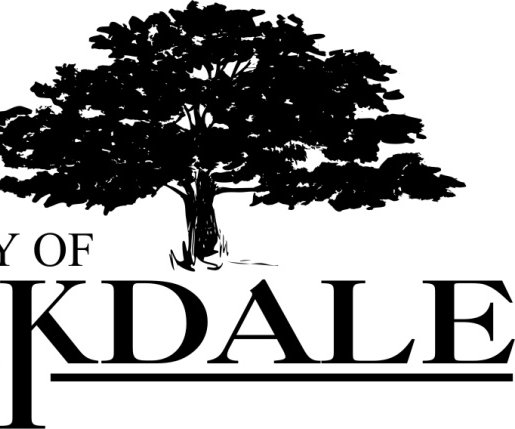Work is targeted to start this summer on Measure G bond projects at five more Manteca Unified campuses.
Roof inspections, hazardous material surveys and soil testing are all part of phase one work for projects at Neil Hafley, French Camp, George McParland, New Haven and Nile Garden schools.
The second phase — design and submital of plans to the state for review — will occur throughout the 2016-2017 school year.
Construction or the third phase is contingent on the district’s ability to sell additional Measure G bond money. If that happens, construction could start at the five campuses in the fall of 2017.
Each step requires board approval before it can proceed.
The project that has generated the most community interest so far — modernizing Manteca High — won’t be addressed until the third wave of school bond projects and has roughly $30 million earmarked for work. A number of alumni and Manteca residents would like to see former Manteca High tower brought back in some form.
The tower was torn down on Oct. 3, 1969.
The district has said if it can be done to make sense financially as well as from a functionality standpoint, the tower might happen although it is likely it won’t be a replica in the truest sense.
If there is any use on the second floor it would require an elevator to meet current Americans with Disabilities Act standards. He noted that any two-story building would require an elevator. Two-structures for schools are more expensive per square foot compared to a one-story structure due to earthquake safety standards. That contrasts with traditional single family homes where the cost per square foot drops when a second floor is added.
There are $56.4 million worth of projects in the first wave that are now under construction at Lincoln, Lathrop, Sequoia, Golden West, and Shasta schools.
The initial five were picked because they had the most pressing modernization needs and were the best qualifiers for matching state bond money. When the money is made available — roughly $23 million for the five state approved projects — it will go to other school construction.
Ideally the district could leverage the $159 million into as much as $300 million of work by meeting state bond money reimbursement guidelines.
Bond work may start at 5 more schools





